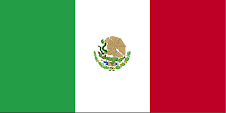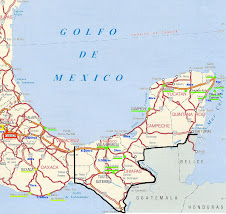
During our time in the mission, this was what our scriptures looked like. The Book of Mormon was in paperback, as was the Doctrine and Covenants (not shown) and the Bible was available in various leather or hardback covers. The Bible was not published by the Church, but was the standard Casiodoro de Reina revised by Cipriano de Valera, generally referred to as the Reina Valera version.
We often ran out of copies of the Book of Mormon and gave away our personal copies. Even though the Book of Mormon is the main tool used by missionaries, we had difficulties in receiving sufficient supplies in the mission. Individual companionships paid for the books we gave to our investigators.
Pictured above is my last copy of the Book of Mormon I had on my mission and my Bible I used throughout the mission and ever since. We were told in the LTM to maintain our mission language. To that end my personal scripture studies and prayers are still in Spanish, in addition to a college degree and day to day conversations.
It was a joyful day when the Church announced the leatherbound Spanish edition of the triple combination. Some missionaries in the Mexico Villahermosa Mission would take the paperback versions and have them bound into a single hardback, but it wasn't the same. Since purchasing my original Spanish triple combination, the Church released a revised Spanish edition with clarifications of translation and corrected typos.
Another joyful day arrived in September 2009 as the Church began filling orders for the new, Church published edition of the Bible in Spanish with the footnotes and other formats already contained in the English Bible published by the Church. Many of you have probably already ordered your own new Bible. I will soon be ordering my own.















